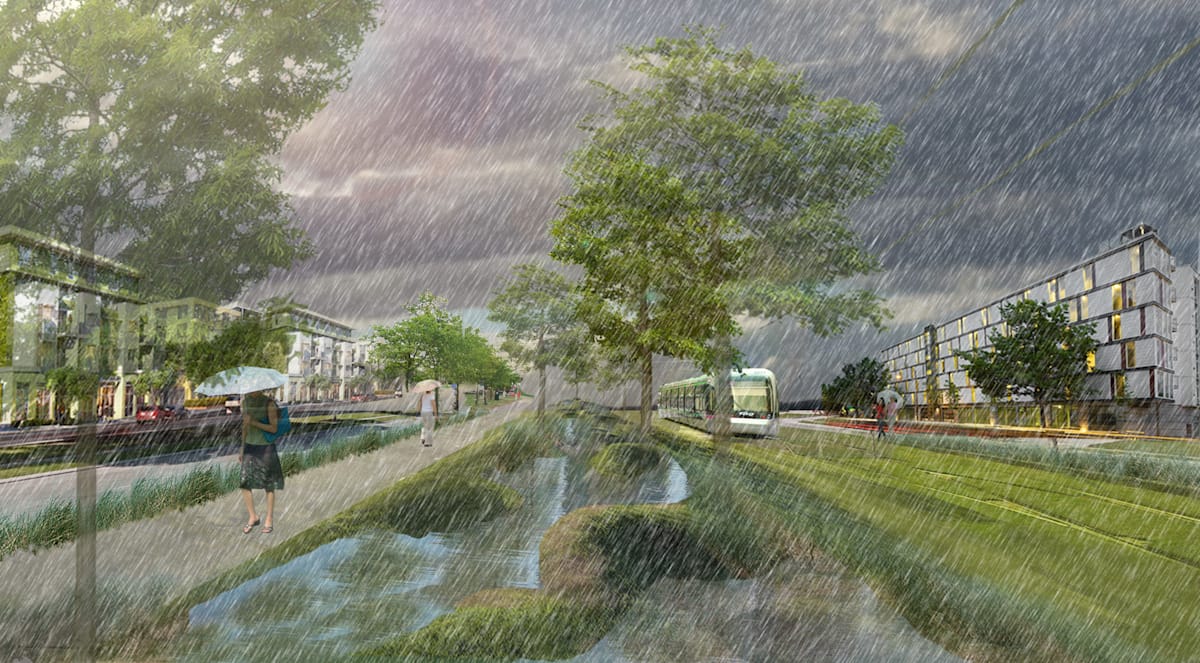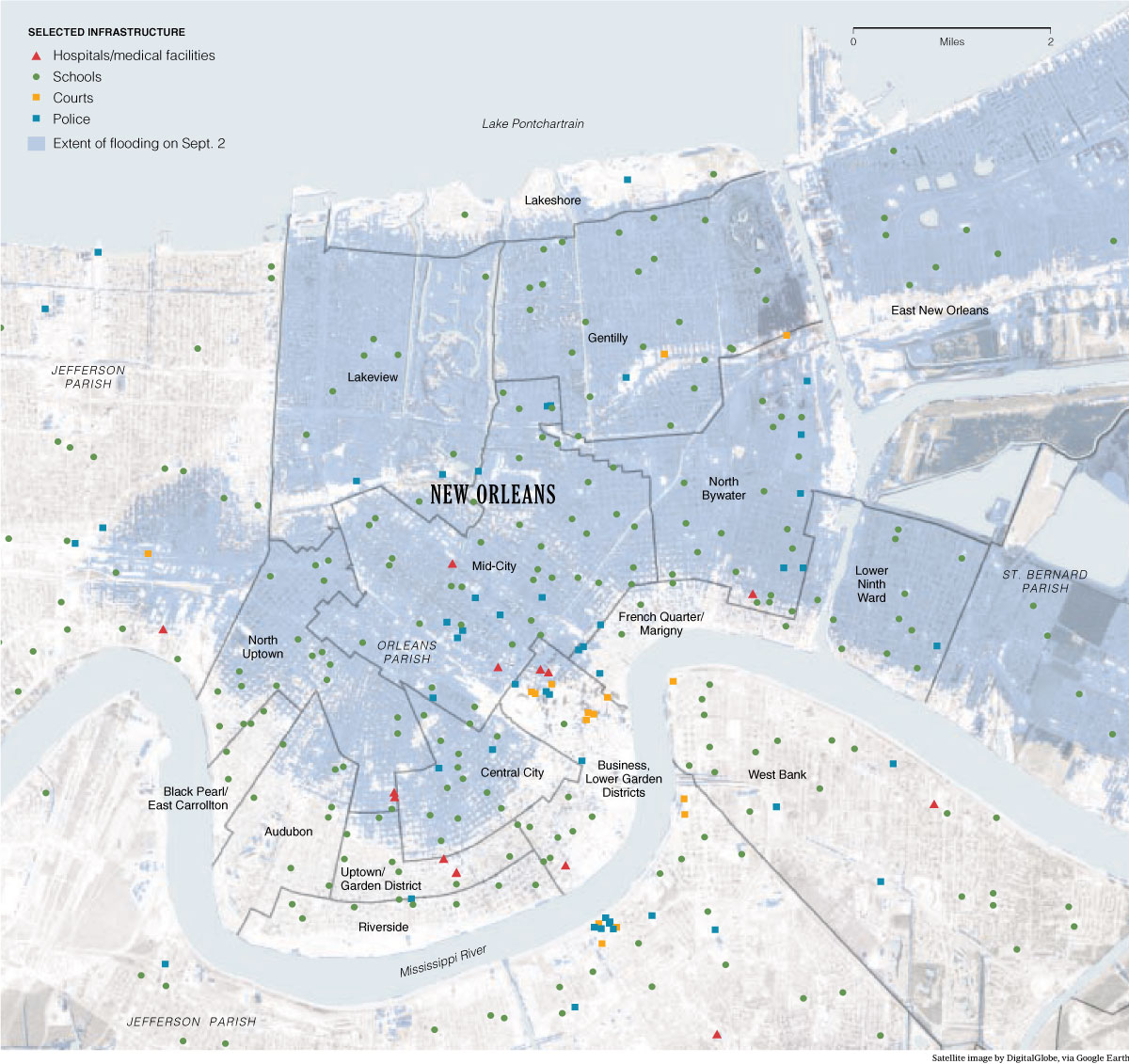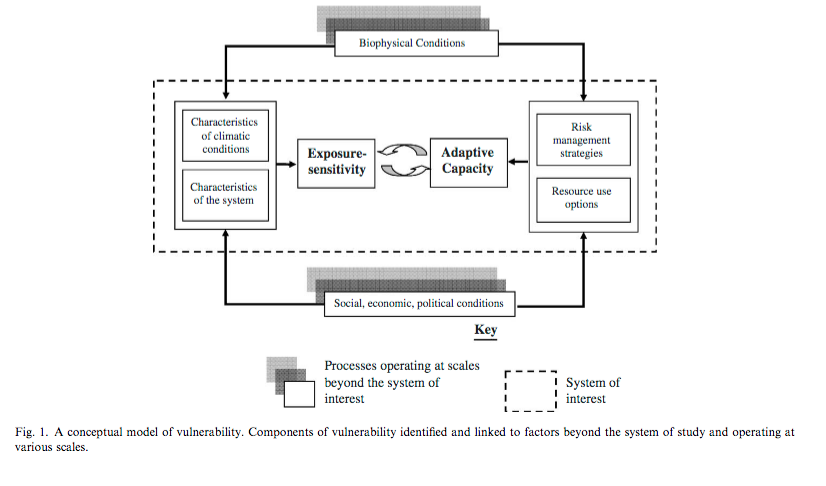Over Priced or Under Water; Green Gentrification in Gentilly, New Orleans
―
This thesis analyzes green gentrification in the Gentilly neighborhood of New Orleans, Louisiana. Environmental gentrification research has tracked how neighborhoods have changed over time in relation to either the transformation of a former brownfield site or the addition to a new environmental amenity like a park or greenway (Becerra, 2013; Pearsall, 2010). Additionally, the literature has built upon these findings to ask questions about the entire process of environmental gentrification (Angluevoski, 2016; Checker, 2011) and employed qualitative methods alongside a temporospatial analysis. New Orleans is threatened by a combination of high levels of air and water pollution from years of environmental racism, rising sea levels from h man-induced climate change, and sinking land from both human and geological forces.
Green gentrification is the process of displacement through rising home value and associated costs (such as increased insurance, tax rates, and rising mortgages) when the neighborhood receives environmental goods and benefits that were not present formerly. Through closely examining the Gentilly Resilience District, a federally funded and city-implemented water management project in its beginning stages, this research has shown that the planning process has not been inclusive of the Gentilly residents who will be directly affected or impacted by the twelve different green infrastructure projects being implemented in Gentilly.
What is Green Gentrification?
1.
Green gentrification refers to processes started by the implementation of an environmental planning agenda related to green spaces that lead to the exclusion and displacement of politically disenfranchised residents.
2.
Environmental improvements tend to increase quality of life and property values – especially as urban environmental consciousness grows – pricing out vulnerable residents and drawing in new and wealthier residents.
3.
It therefore contributes to the reproduction of a condition of environmental injustice (environmental hazards and amenities being disproportionately distributed across neighborhoods) while espousing an environmental ethic.
This research seeks to answer the following questions;
How do existing green amenities such as parks and green space in Gentilly effect property value? Will the new sites of the Gentilly Resilience District impact property value in the same way?
How does the resilience planning of The Gentilly Resilience District embody or disregard the concept of procedural justice, and does this impact residents’ perceptions of gentrification?
What methods of outreach and community engagement are most effective in increasing residents’ participation in resilience planning?









